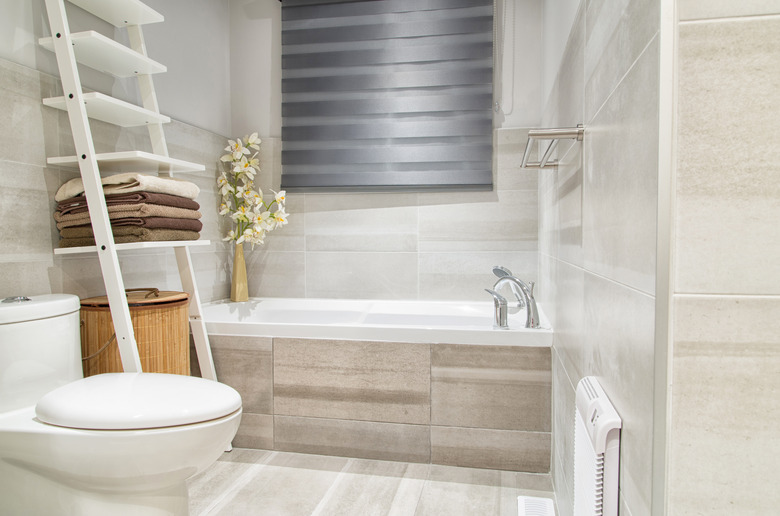Toilet Cleaners That Are Safe For Septic Systems
If you have a septic system, you know that you have to be careful about what you flush, but what should you do when it's time to clean the toilet? Plain water isn't an effective toilet cleaner for septic systems. It won't disinfect, and it won't get rid of ugly mineral stains.
Actually, there is no shortage of septic-safe toilet cleaners on the market, and it's easy to find reviews online to help you choose. The best safe toilet bowl cleaner for a septic system is biodegradable, certified eco-friendly by accredited environmental organizations, and preferably natural and plant-based. Two top choices include Green Works and Seventh Generation toilet bowl cleaners.
You don't even have to go to the store to get a septic-safe toilet bowl cleaner because you can make your own. The trick is to avoid chemicals that will upset the delicate balance in your septic tank.
Why You Need to Be Careful
Why You Need to Be Careful
A septic tank is a delicate ecosystem, and it functions much like your own digestive system. Microorganisms that inhabit the tank break down — or biodegrade — the solids that you introduce when you flush. This is crucial for the health of the system because once the solids have been broken down, they can flow out to the drain field and be absorbed into the ground.
Think about what would happen to you if you drank bleach, acid, or a hydrocarbon, like paint thinner. Something similar happens to a septic tank. Microorganisms die, digestion is interrupted, and solids that would otherwise biodegrade sink to the bottom of the tank, leaving less room for water. Oils and greases flow undigested into the drain field and clog the ground, ultimately shortening the life of the system.
What Not to Use (and What to Use)
What Not to Use (and What to Use)
Three ingredients found in conventional toilet bowl cleaners are especially bad for septic systems: bleach, hydrochloric acid, and chlorine. Bleach and chlorine are disinfectants that kill pathogens in the toilet, but they also kill microorganisms in the septic tank. Hydrochloric acid is often added to toilet bowl cleaners to eat through rust and mineral stains, but it raises the pH of the septic tank water, and that also kills beneficial bacteria.
A toilet cleaner for septic tanks should contain biodegradable ingredients that break down before they have a chance to damage the ecosystem in the tank, and of course, none of these ingredients should be toxic. Safe ingredients include baking soda, vinegar, and borax. Besides these, some septic-safe products may contain strange-sounding chemicals, like caprylyl/myristyl glucoside, which is a clear liquid derived from the fatty acids and sugars in plants. Avoid products that contain methylisothiazolinone, a toxic chemical often used as a preservative in the cosmetics industry.
A DIY Septic-Safe Toilet Bowl Cleaner
A DIY Septic-Safe Toilet Bowl Cleaner
If you aren't a chemist and you don't want to base your health on the word of a manufacturer, you might want to make your own toilet bowl cleaner. There is a simple recipe that you can make with household ingredients.
Mix the following ingredients in a bowl and put the mixture in a spray bottle:
- 3/4 cup baking soda
- 1 cup white vinegar
- 20 drops of essential oil, such as tea tree oil or peppermint oil
Spray the mixture on the inside of the bowl and let it sit for a few hours. This gives the baking soda time to disinfect and the vinegar time to dissolve stains. Just before you flush, scrub the bowl with a toilet brush. If you do this regularly, your toilet will be clean and will smell fresh, and your septic tank will be happy.
